Content:
The most delicious and juicy strawberries are those that are grown by our own hands. This ornamental plant feels great in gardens, vegetable gardens and even on window sills. There are many ways to grow varietal strawberries, which are successfully used by gardeners in different countries. There are no particular difficulties in growing, but novice summer residents may still face some difficulties. It grows in almost any part of the garden, but in order to obtain a high-quality and abundant harvest, strawberry plantations need careful care. It is equally important to correctly position the crops on the site so that they do not over-dust.
Are different types of strawberries re-pollinated?
Opinions on this issue are still mixed.
What is strawberry cross-pollination and what effect does it have on planting crops nearby
Pollination is defined as the transfer of pollen from one flowering plant to another. In this case, the characteristics of one variety are lost and replaced with those of another variety. Breeders artificially pollinate plants to isolate new species.
Is it possible to plant different varieties of strawberries nearby
When multiplying strawberries, many novice summer residents are of the opinion that different varieties should be located in different places of the summer cottage. Otherwise, over time, over-pollination may occur and the quality of the crop will decrease. This statement is actually wrong.
Can strawberries get dusty with strawberries
The strawberry is a plant with a maternal receptacle that is a fake fruit. The bisexual plant can have flowers, both male with pistils, and female with stamens. The red meaty part that everyone loves grows no matter what varieties are nearby. The real fruits are the small seeds found in the berries. This red false fruit is actually a fleshy vessel on which the seed fruits are placed.
The mother bush bears fruit stably for three years. In the future, the plant grows, it becomes little space and the number of berries decreases. For this reason, experts recommend updating the planting every five years.
You can plant strawberries in separate rows or in the beds. In the first case, it is advisable to plant it in parallel rows at a distance of 60–80 cm from each other. A distance of about 30 cm must be left between one plant and another. You can plant bushes by arranging a garden bed.
Strawberry types
Before you start growing garden strawberries, you need to decide between the two main types of this crop. Large varieties allow you to harvest only once a season, while seedlings with smaller but numerous fruits allow you to harvest for a long time.Both types can be planted and the result can be enjoyed throughout the summer. Next, you should start preparing the soil.
It is necessary to plant strawberries in the holes at a distance of about 25-30 centimeters. The soil should cover the roots so that they don't dry out. Water the seedlings immediately after planting without wetting the leaves and flowers. For the proper development of the plant, water is the main element after the sun and organic fertilizers. Watering should be frequent and regular, especially in dry weather. During hot and dry periods, it is necessary to increase the dose and frequency of watering. The best time to water is early in the morning. At this time, the moisture will not have time to evaporate, and the seedlings will receive it in the required amount.
Is it possible to plant remontant strawberries next to the usual
Nowadays, the remontant strawberry is becoming more and more popular. She has her own peculiarities of planting and leaving. "Repaired" literally translates from French as "blooming again." This is its dignity. It blooms throughout the summer and bears several crops.
Some summer residents distinguish varietal types based on the size of the berries. So, bushes with small berries belong to garden strawberries, and large-fruited ones are called strawberries. Their agricultural technology is similar, but the technology for caring for strawberries is still different from growing strawberries.
Common strawberries form these buds during short daylight hours. This is the end of summer and the beginning of autumn. The repaired species forms buds, which are responsible for the harvest during long and neutral daylight hours. This is the difference between the varieties. Such differences do not exclude the possibility of planting remontant and common varieties side by side.
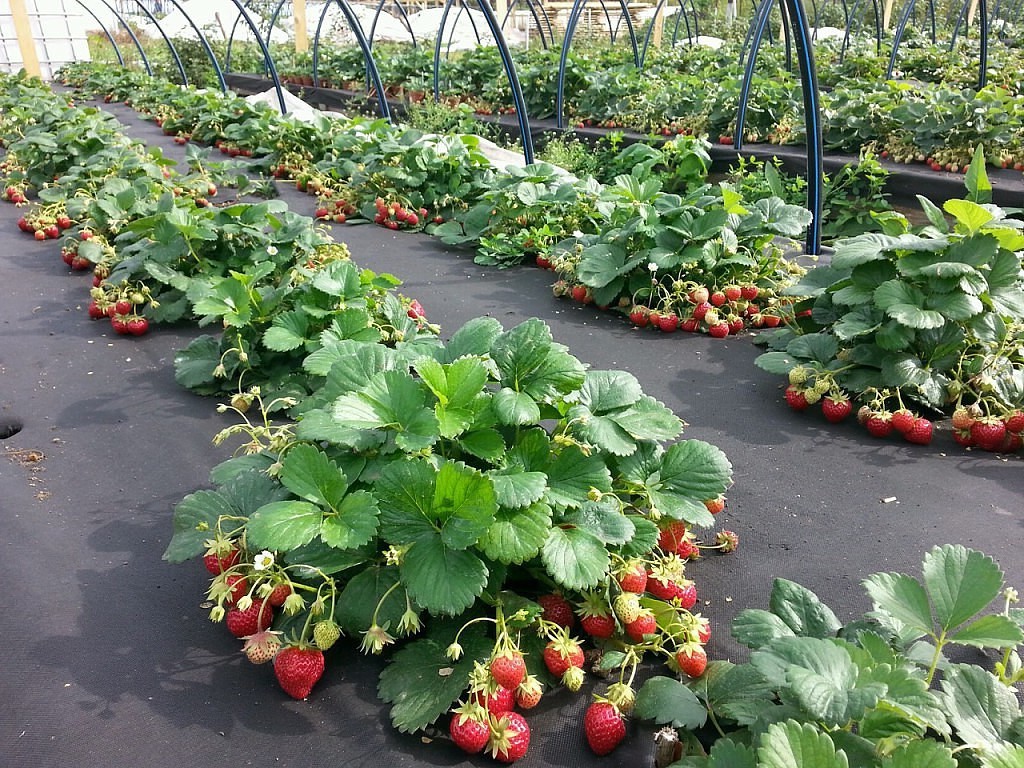
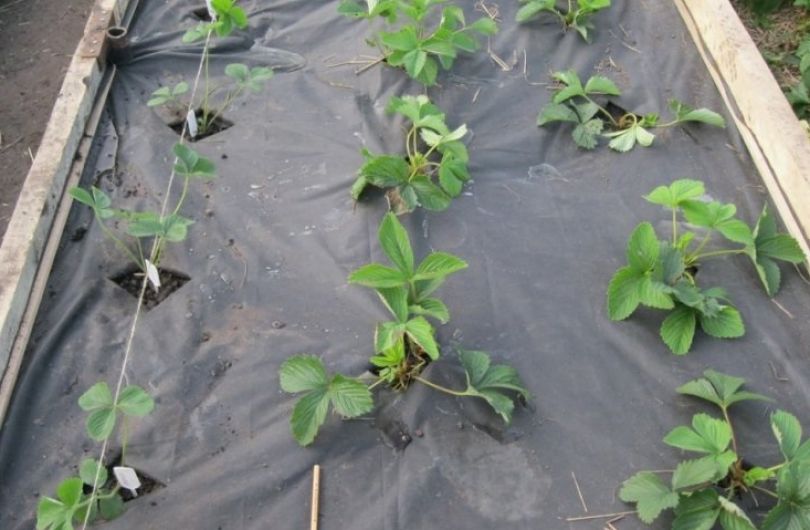
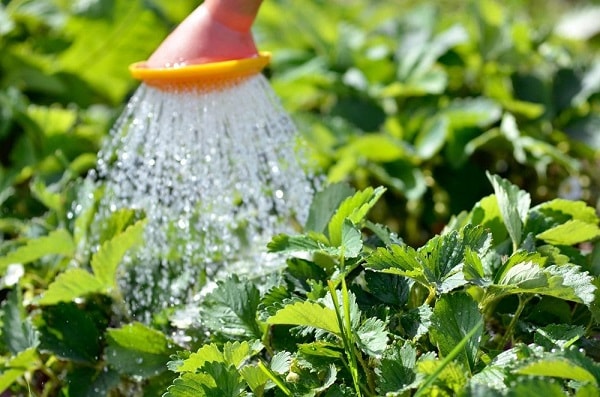
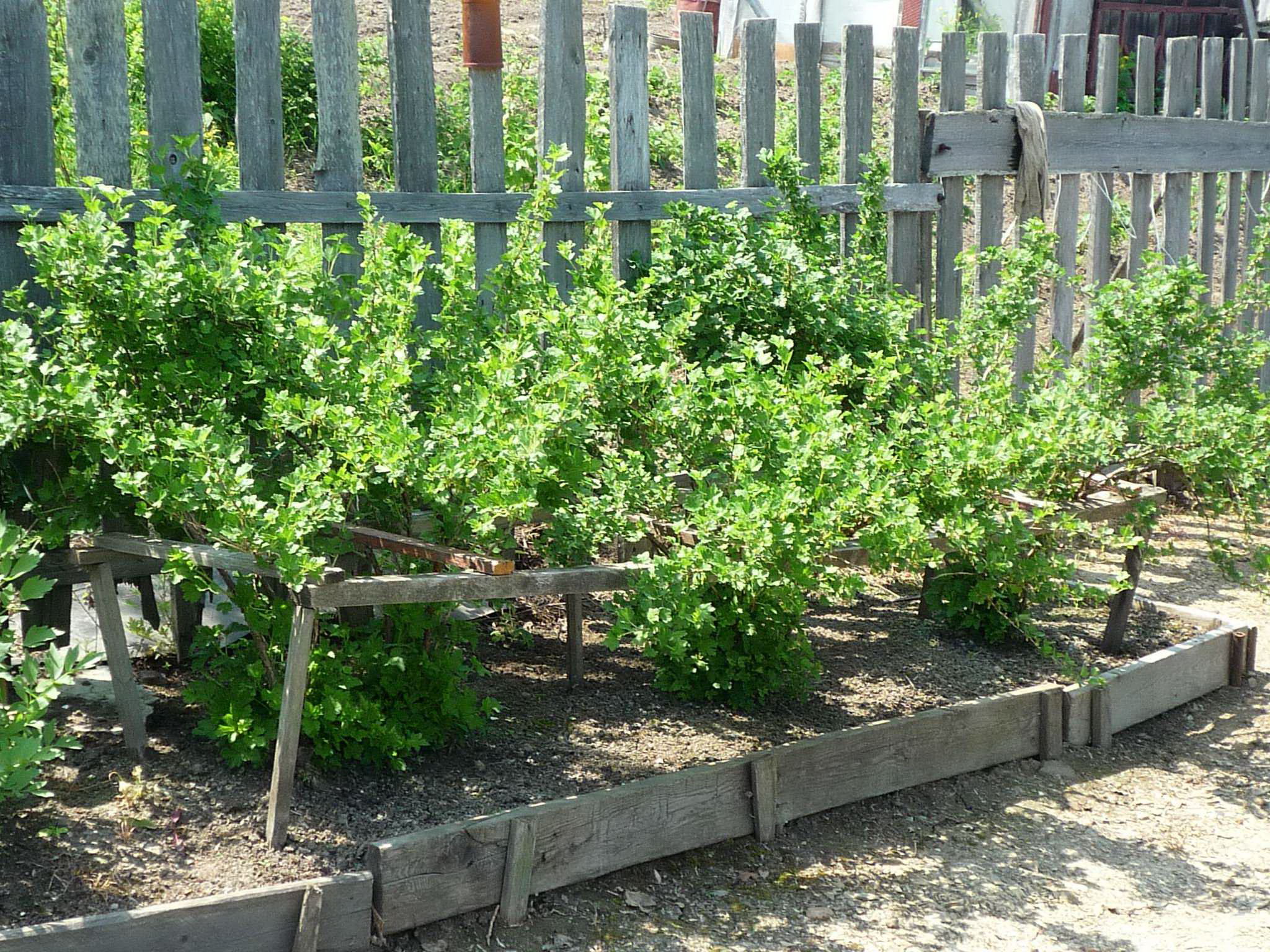
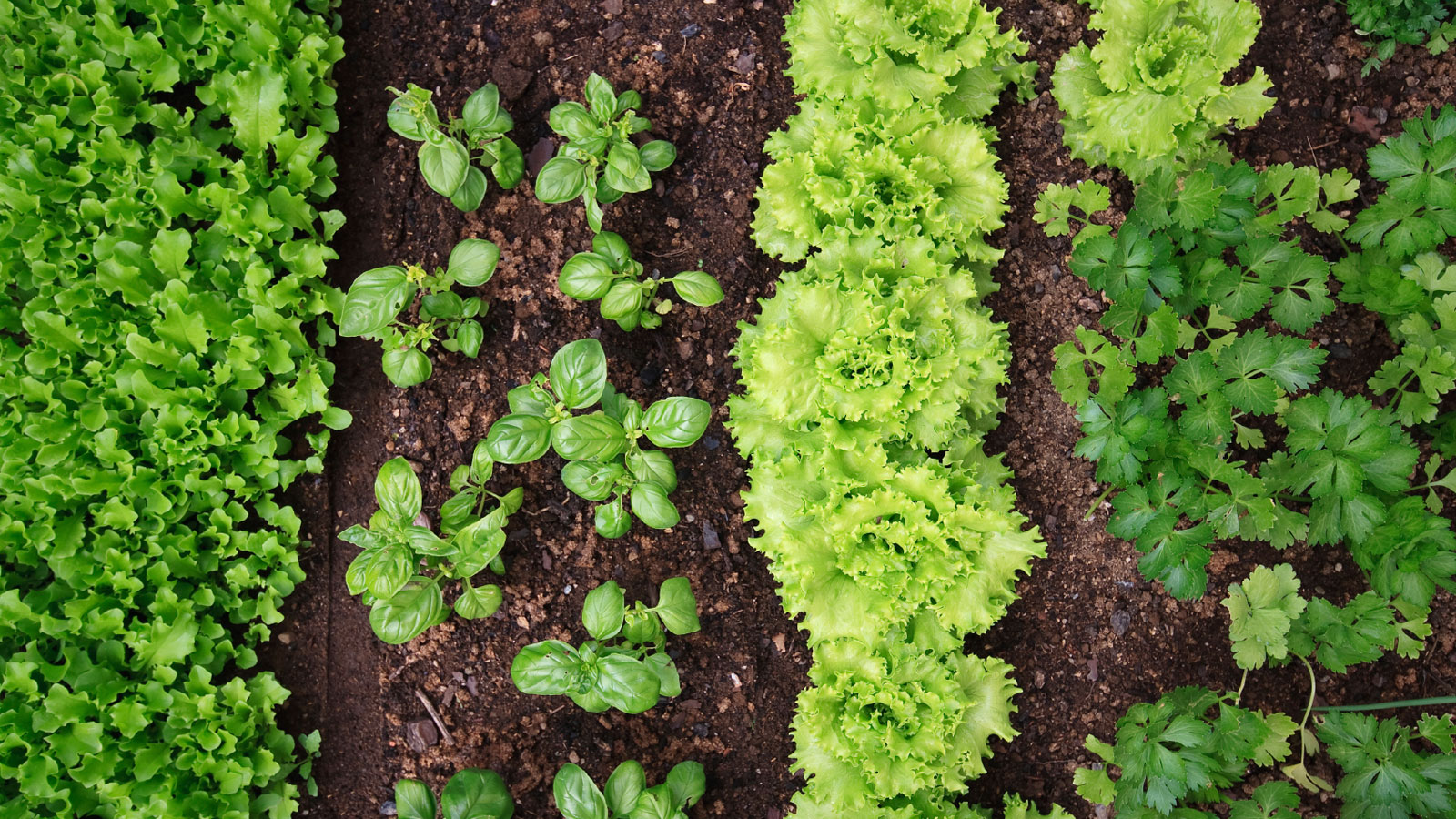
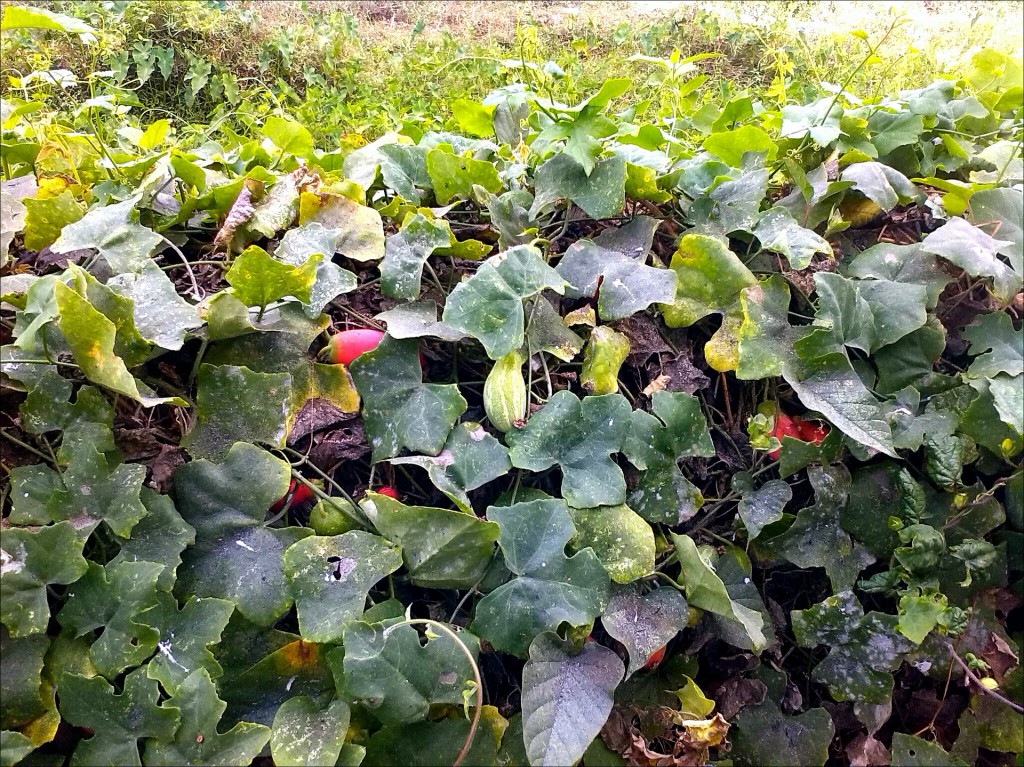
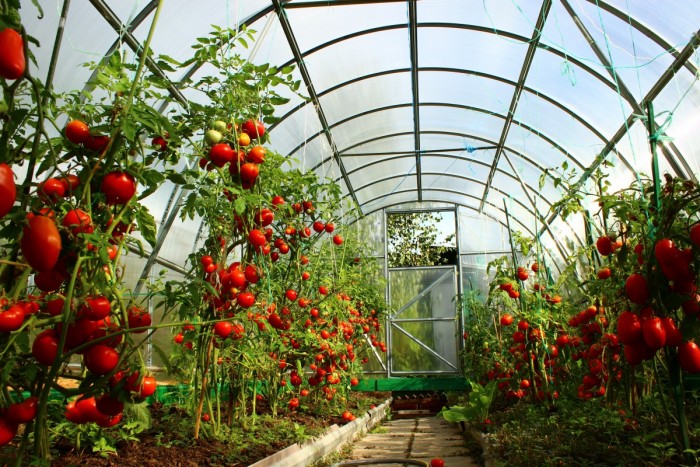
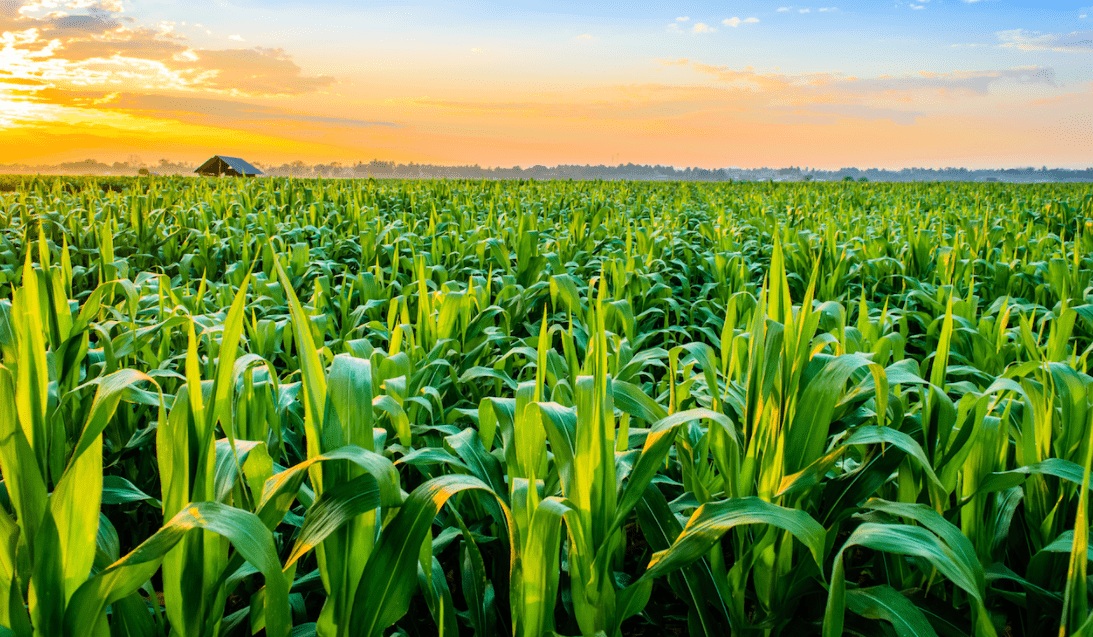
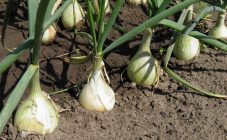







I plant strawberries in different varieties and at different ripening times. The main thing is proper care, timely pruning and planting of fruit bushes. You can select varieties of similar size in order to avoid a decrease in the size of berries due to over-pollination.
Although I have planted strawberries of different varieties nearby, I divided them with paths between the plots. There are also smaller early varieties, there are large and very productive varieties. I didn’t have anything to pollinate and the integrity was preserved.
For a thousand years I have been growing several varieties in the country on the same garden bed! As my grandmother taught. There are no taste changes. Tuscany remains Tuscany, Trebute also does not change to taste.
Recently I purchased a summer cottage, decided to plant most of it with different varieties of strawberries. But I wasn't sure if it was possible to plant them nearby. From the article I learned a lot of nuances about proper care, watering. Everything is told in great detail and clearly. Thanks for the advice!
In my opinion, only disposable and reusable varieties cannot be planted nearby. I have had a dacha for 15 years and during this time there has never been any cross-pollination.This is probably due to the fact that we propagate strawberries with antennae. Also, after about 5 years, I renew the strawberry beds, plant in another place.
In my opinion, only disposable and reusable varieties cannot be planted nearby. I have had a dacha for 15 years and during this time there has never been any cross-pollination. This is probably due to the fact that we propagate strawberries with antennae. Also, after about 5 years, I renew the strawberry beds, plant in another place.
I planted several varieties of strawberries, I was satisfied. The only thing that I plant in my greenhouse is more convenient. I try to take care of it properly and the strawberry only pleases with its juiciness.
As for me, you can safely plant together, in my dacha, several varieties are generally mixed up and nothing happened to them for several years, they did not become the same, so plant and do not worry about this)
Although I cannot be called an experienced gardener, I would like to share with you my opinion, which is that each strawberry bush, nevertheless, should be given a separate place.
Due to the fact that our summer cottage is very small, we planted strawberries of different varieties, one next to one, next to it. With the yield, the size of the berries, everything is in perfect order, the main thing, I think, is to properly care for and fertilize more often.
You can plant different varieties of strawberries nearby, this will not affect the fruits in any way. The only problem is that if the owners want to get rid of an unnecessary variety, then this will be quite problematic.